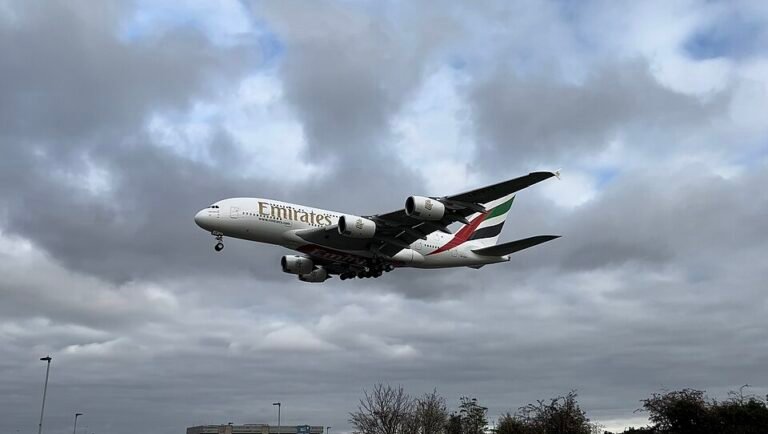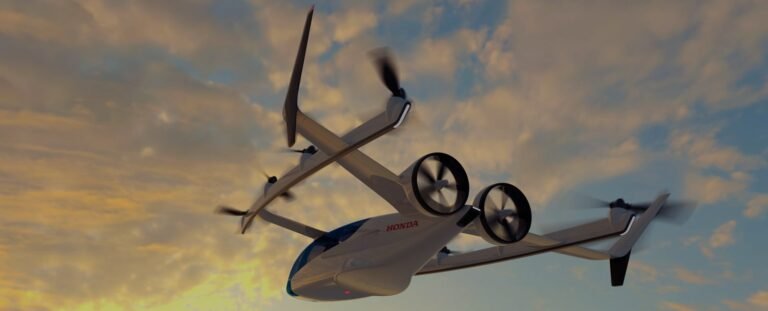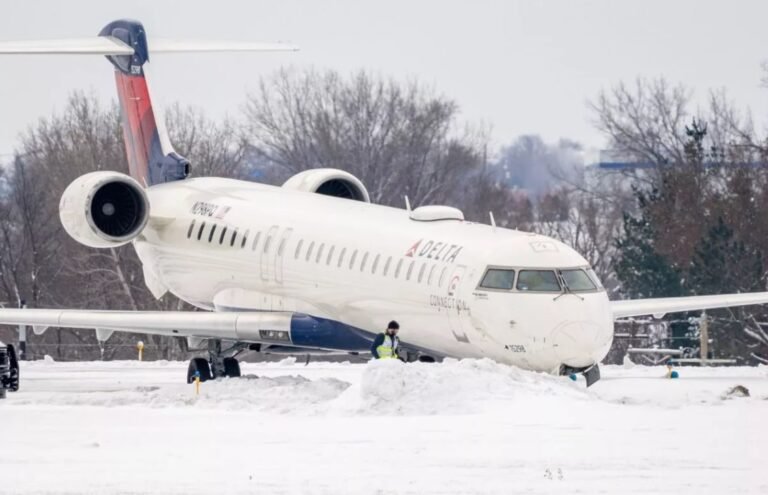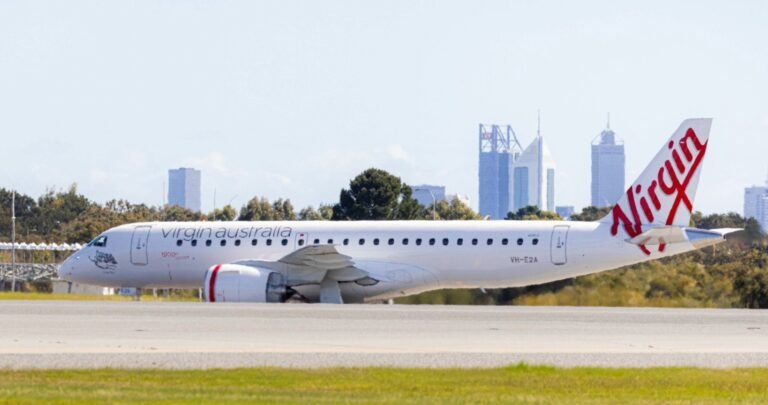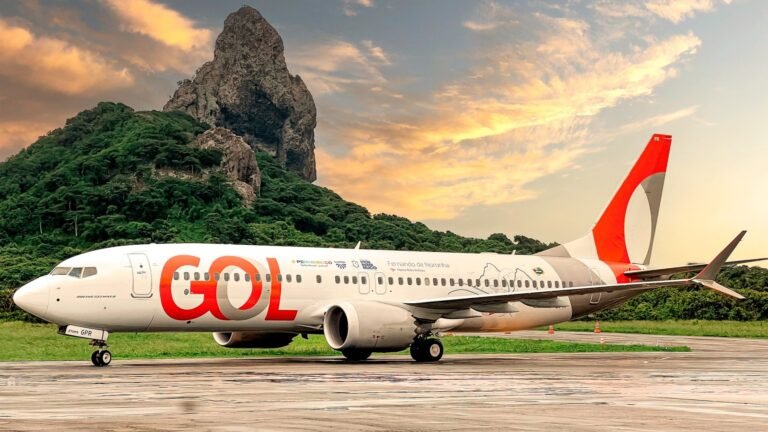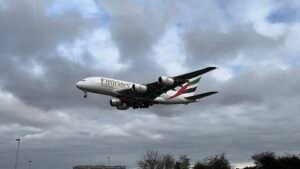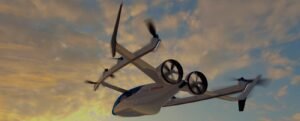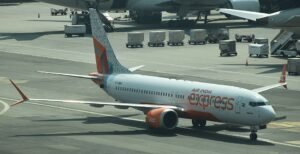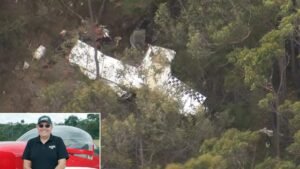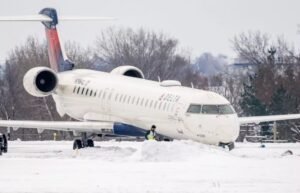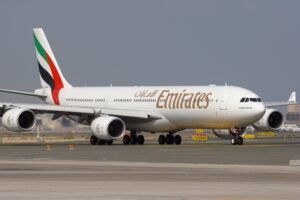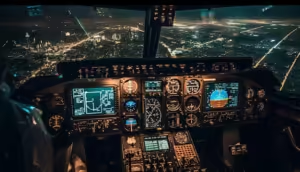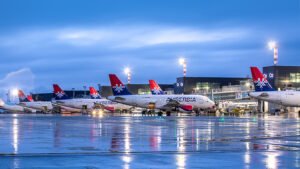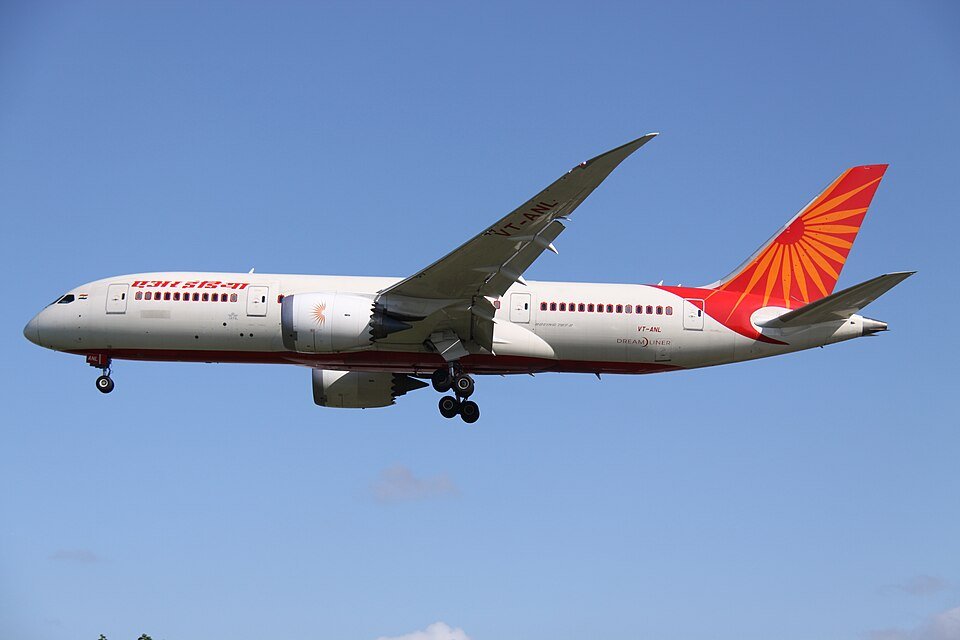
New Delhi, India: The Directorate General of Civil Aviation (DGCA) has directed Air India to carry out a comprehensive inspection of the Ram Air Turbine (RAT) systems across its entire fleet of Boeing 787 Dreamliners. This action comes after an incident in which the RAT deployed automatically on one of the airline’s aircraft during landing in Birmingham, UK. Boeing has also requested that other 787 operators report any similar occurrences worldwide.
The DGCA has specifically instructed Air India to verify the stowage integrity of the RAT in all aircraft where the Power Conditioning Module (PCM) was recently replaced.
The Ram Air Turbine serves as an emergency backup system, providing hydraulic and electrical power if the aircraft’s main engines fail. It operates by using the aircraft’s forward motion to spin a small turbine that extends from the fuselage underside. This ensures critical flight control systems and avionics remain operational during emergencies, such as dual-engine failures or complete electrical system loss. Notably, the RAT deployed during the June 2025 crash of Air India flight AI171 after a dual-engine flameout at Ahmedabad, resulting in the loss of 260 lives.
The recent directive stems from an October 4, 2025, incident involving Air India flight AI117, flying from Amritsar (ATQ) to Birmingham (BHX), where the RAT deployed automatically at around 500 feet during descent. The aircraft landed safely, with all electrical and hydraulic systems reportedly functioning normally.
According to the DGCA advisory, “Air India has been advised to review the work package of ‘D’ Check for the actions required in view of the change of PCM module, for any discrepancies.” The regulator noted that the RAT is rarely activated during routine operations and is typically reserved for critical failures, making any uncommanded deployment a serious concern. Air India confirmed that despite the unexpected RAT deployment, all onboard systems were stable throughout the flight.
Following the incident, the Federation of Indian Pilots (FIP) requested the DGCA to inspect the electrical systems on all Boeing 787s operating in India. In a letter, FIP President GS Randhawa highlighted that the Aircraft Health Monitoring (AHM) system had detected a fault in the Bus Power Control Unit (BPCU), which could have triggered the RAT deployment. The BPCU is essential for managing electrical power distribution, and any malfunction may activate backup systems. FIP emphasized that this incident points to potential systemic electrical vulnerabilities in the Boeing 787 and called for thorough inspections of all aircraft in the country.
Civil Aviation Minister Ram Mohan Naidu stated, “The DGCA is already on the job. Once we have more details, we will coordinate with the relevant stakeholders to ensure preventive measures are implemented and such incidents are avoided in the future.”
The DGCA has extended its review beyond Air India, requesting Boeing to provide a detailed report on preventive measures and to share information on similar uncommanded RAT deployments globally in recent years. This aims to identify any recurring patterns and enhance the safety protocols of the 787 fleet.

